All over the country, there are headlines about the loss of biodiversity because of threats to native animals and plants such as deforestation, overpopulation, pollution, etc. One animal, and to be sure, it’s an animal that continues to be vulnerable are Michigan wolves. This species is showing resilience as its population grows, nurtured by Michigan’s vast northern fields and forests. There is controversy surrounding the wolves of Michigan.
Some critics, hunters in particular, of wolf reintegration programs fear the safety of communities and livestock as wolf populations increase. Others are ecstatic to witness a return of the wolf to Michigan landscapes as it signals a return to the environment’s health. Regardless of where humans stand on the issue, wolves are running and demonstrating that the state is their home too.
History of Wolves in Michigan
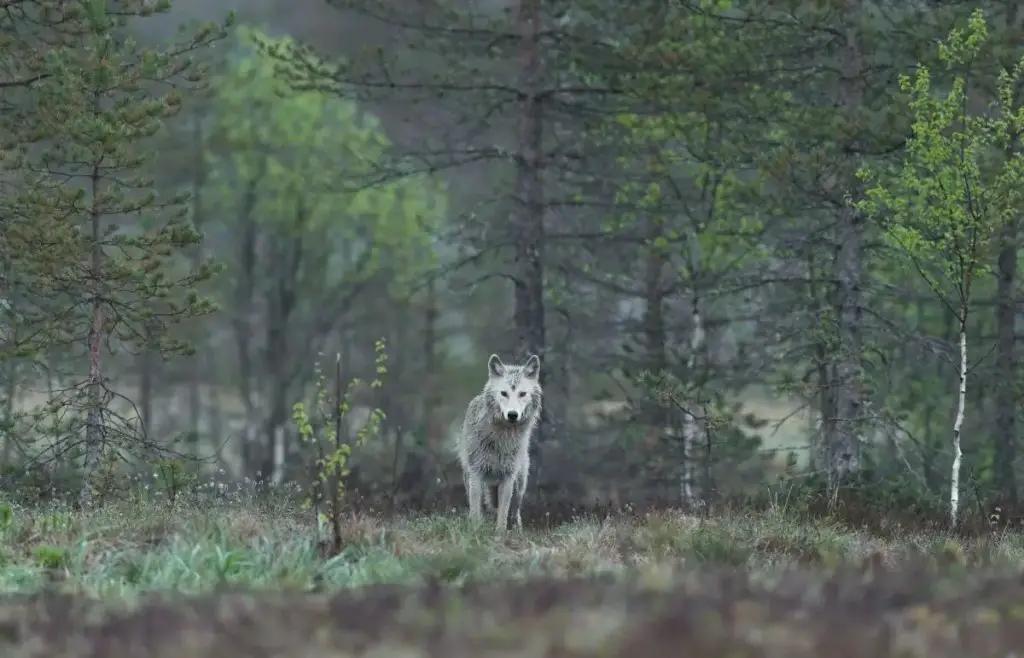
Gray wolves were once present throughout the lands, now known as Michigan. They fed on prey such as deer, moose, and elk. Their numbers were decimated, mainly through poisoning, between the 1830s and 1950s. At the top of the food chain, wolves were part of the region’s healthy environment. Although today they are present in the northern territory of the state, they were once present in all 83 of the state’s counties. Wolves remained unprotected until 1965. Then, the Environmental Protection Act made it illegal to kill them; however, there were next to no wolves to protect. At one point, only six wolves were listed in the Upper Peninsula.
During the 1970s, organizations attempted to translocate some Minnesota wolves to Michigan, but, according to the Department of Natural Resources, humans killed them before they could reproduce successfully despite environmental protection. Some organizations set up wolf sanctuaries, but wolves did not successfully emigrate to Michigan wilds naturally until the 1980s when a few were spotted. Likely, these wolves traveled to Michigan from Minnesota and Wisconsin. By the early 1990s, the wolves inflated their numbers to more than 20.
Wolf Population Recovery Today
Today, wolves living wild in Michigan number around 600. Since the wolves have recovered to the extent required for delisting from protective legislation, they have been removed from the state’s list of endangered species. In 2009, Michigan classified its wolves as protected non-game animals. In 2012, wolves were removed from the federal endangered species list; however, that decision has been challenged, and a court order stipulated the return of wolves to the list. Appeals continue to be underway.
Coexistence between Michigan Wolves and Humans
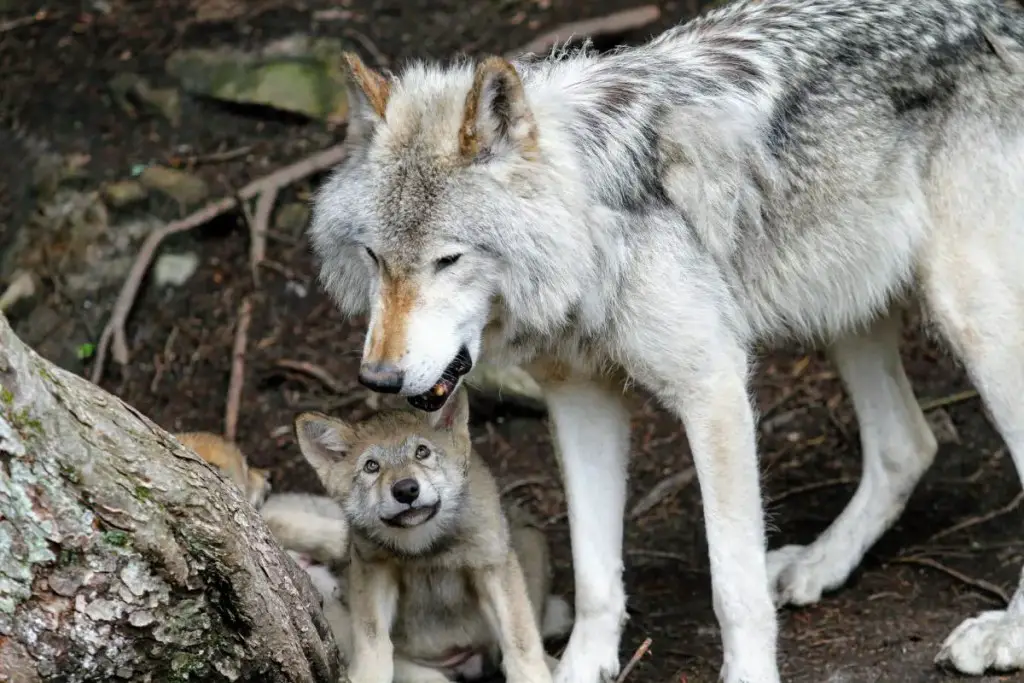
Michigan’s Gray Wolf Recovery and Management Plan exists to cultivate the coexistence between humans and a recovering wolf population. However, though the environmentalists well regard this plan, the federal government has made several stipulations that include:
- Humans may only kill wolves for immediate self-defense
- Humans cannot kill wolves in the act of depredation of livestock or dogs
- Farmers of livestock can no longer use lethal controls; previous permits for that purpose are now nonvalid
- The Department of Natural Resources cannot exercise authority to manage wolves in Michigan by lethal means.
These decisions have angered many livestock farmers and others who live near wolf populations. On the other hand, humans continue to have the right to fence and guard animals. If they are experiencing difficulties with nuisance wolves, they have been advised to contact the Department of Natural Resources, which has resources for contending with these issues. If you’re moving to Michigan near its resident wolf populations, choose an experienced moving company for help.
Why Do Wolves Continue to Be a Sensitive Topic in Michigan?
Although there has never been a documented attack by a wolf on a human in Michigan, wolves continue to be reviled in many quarters in the state and other states. Wolves and hunters do compete over deer. Wolves can pose a threat to livestock as well. Interestingly, studies demonstrate that a person is at greater risk of being killed by a dog than a wolf.
The risk of wolves killing livestock exists, but such attacks are not common. Moreover, the state has a system to compensate farmers whose livestock are killed by wolves. The main economic problem is the threat that wolves pose to the hunting industry in the state, which, combined with fishing activity, is roughly $11.2 billion, according to Mackinac Center for Public Policy. Wolves could impact the deer hunting industry in the state. But how much?
So far, that impact has not occurred. Deer hunting statistics have remained consistent, and elk populations have increased. Environmentalists point out that a healthy wolf population helps maintain healthy deer and elk populations. It’s historically well known that wolves attack weak, sickly animals — even those with diseases that could spread sickness to other members of their populations.
Nevertheless, there have been wolf killings, some of which have made headlines nationally. One notable example was the 2016 killing of three wolves to protect livestock. The killings flew in the face of the federal mandate protecting Michigan’s wolves. Environmentalists went so far as to call the wolf killings politically motivated. Under the administration for that year, more than 100 environmental protections were rolled back. Critics also point to lax enforcement of environmental laws like those involving wolf killings.
Michigan’s Wolf Packs Now
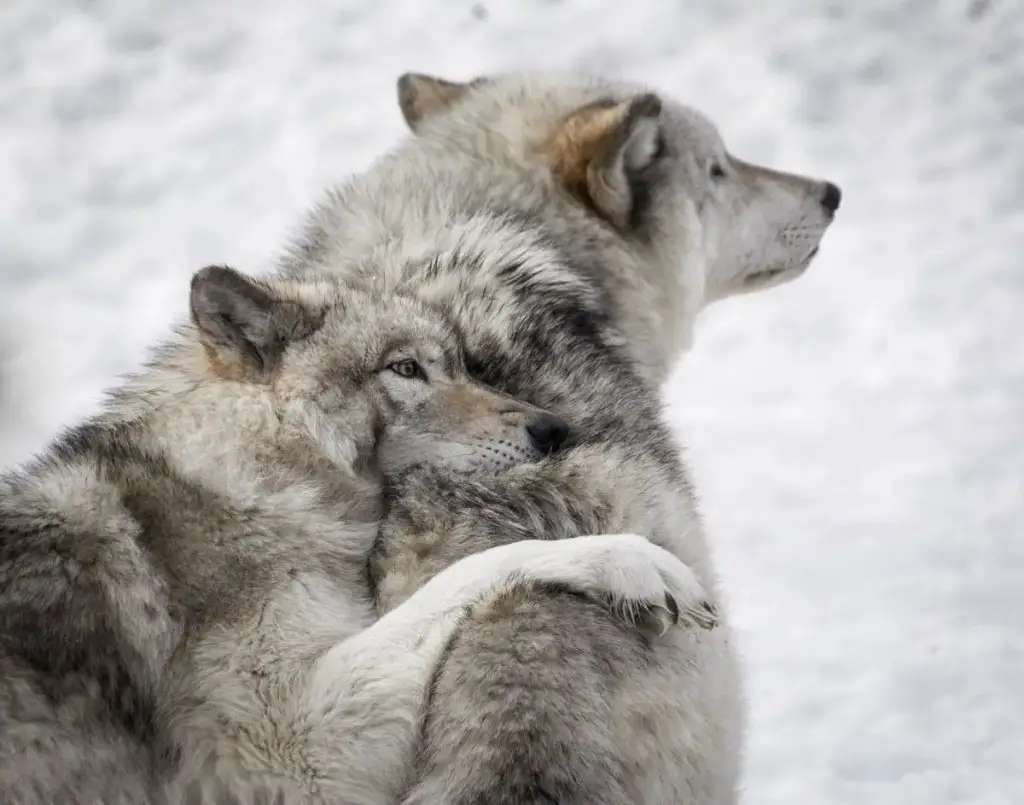
Michigan’s wolf population has appeared to level off. However, it has not surpassed 700, according to reports. Moreover, they seem to find Michigan a pleasant place to reside. Despite chilly winter temperatures and the hot days of summer, Michigan’s climate is conducive to healthy wolf packs. In a world where biodiversity loss is everywhere, the Michigan wolf success story is something to crow, or rather, howl about.
That isn’t to say that today’s wolves don’t face serious threats. Even now, hunters are pushing for Michigan to allow a wolf hunt. They contend that wolves are the primary reason why the state’s deer hunting industry is down. They want to ‘cull’ existing populations to prevent any problems from occurring. On the other hand, many conservationists are calling for more wolves to be reintroduced to southern sections of Michigan, where a wasting disease that affects the deer population has increased. Conservations believe, with scientific support, that the wolves could help minimize this disease threat and contagion. Thinking about moving to areas of Michigan? You may want to choose a community near the state’s wolf populations.
Places to See Michigan Wolves
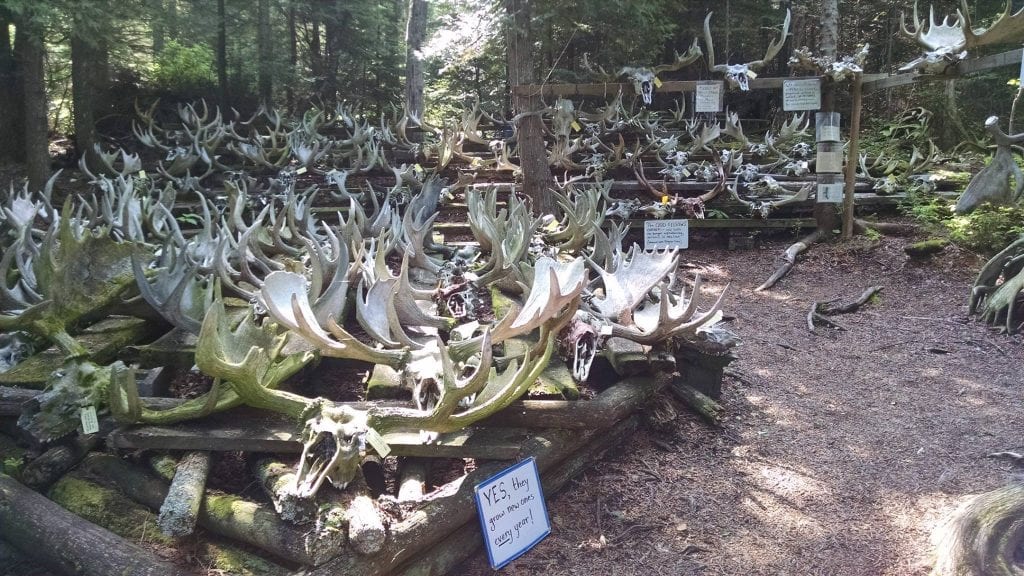
Seeing a wolf in the wild is a rare event. The animals are extremely wary of humans. However, it is possible to have a chance encounter with a wolf at Michigan’s largest island in Lake Superior – Isle Royale National Park. The most interesting site is the Peterson Cabin, which is a 15-minute walk from the lighthouse. Here you can visit Rolf and Candy Peterson. These researchers have studied the wolf and moose populations on the island since the 1970s. There is also a one-of-a-kind collection of moose skeletons.
Final Thoughts on Michigan Wolves
For now, no wolf hunt has been mandated. Wolf conservationists in the state continue to publicize data showing that wolves do not pose significant human threats. There have been no cases showing that wolves have behaved aggressively towards humans. For now, the wolves are living and hunting in peace. Those wishing for this biodiversity success story hope that peace between wolves and humans may continue — uninterrupted.
Related Reading
Climate Change In Michigan – 6 Critical Business Areas Impacted In 2022
Huron County Nature Center Officials Have Ambitious Plans For 2022
Polar Vortex Spikes Great Lakes Ice Cover (2022)
8 Things International Students Should Know About Living And Holiday Travel In Michigan

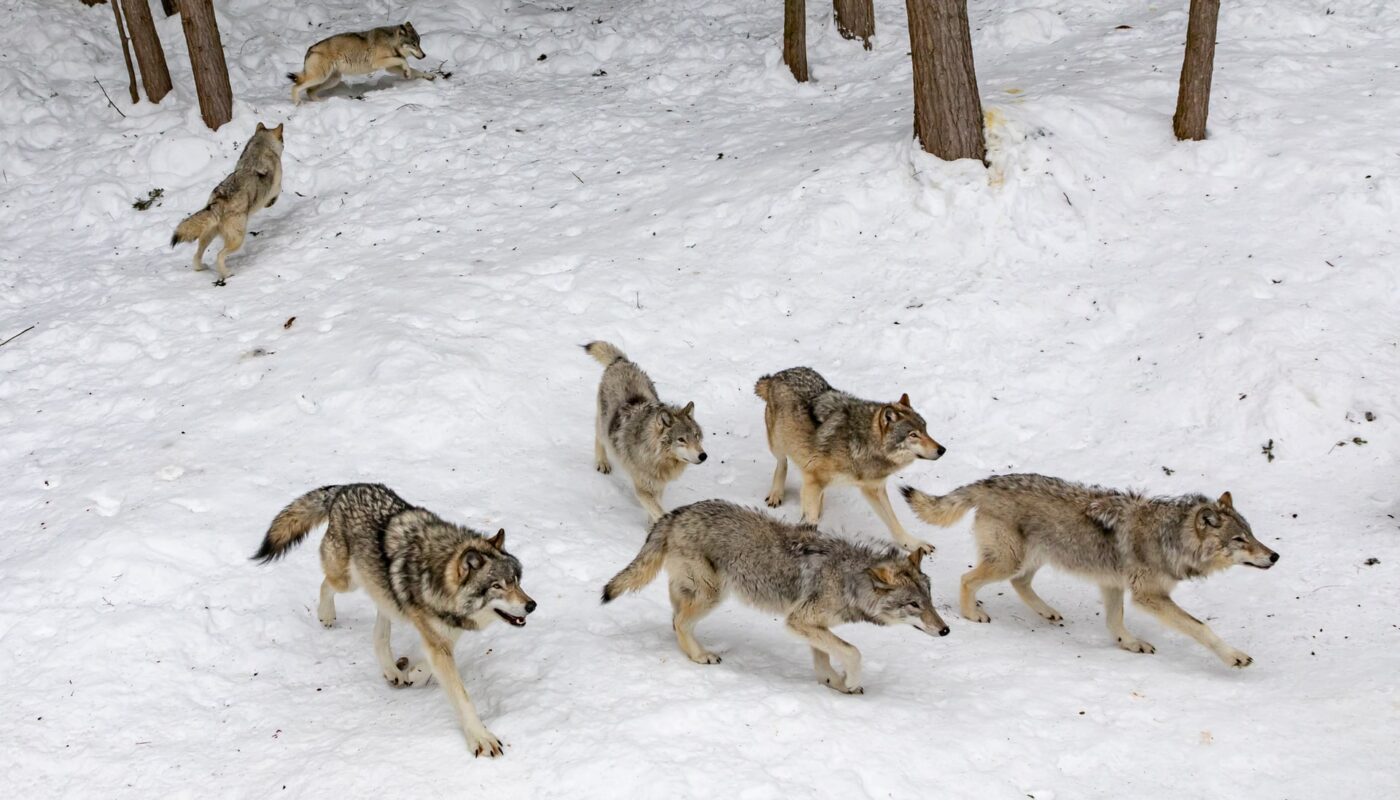


Excellent story. Loved the pictures.
Evidently you haven’t interviewed livestock owners and deer hunters who have deer in areas where the wolves have decimated the numbers of deer to the point where no longer use there deer camps
Hi Bob, Do you care to elaborate? What is the solution? The wolve population in Isle Royale was off balance because of too many moose. I was there. Vast areas were being eaten down to bare rock. Wolves restored order.
your ass holes who spend 30 minutes in the woods in 1 year. deer hunting was a greatxway for families to get out enjoy nature and bring home food .
hunting has saved many marriages and even now with more women taking up the sport there is competition between he food for wolves and humans. Im sure the insurance companies who have less dear car accident cases …equals . $$$$ profited from less deer and more wolves is one of the hug driving forces behind this sad change of events . families would come to hunting camps ext. now people are nervous about hiking in the forest. there are 80 % less squirrels . 95 % less rabbits . and on and on. They animal control offices have 30 % less pets found that where missing . why are they worried about wolves lives more than all other animals including humans ….
we eat meet , michigan can make profit from the natural resources
It’s a howl of the climate crisis. Thank you ?